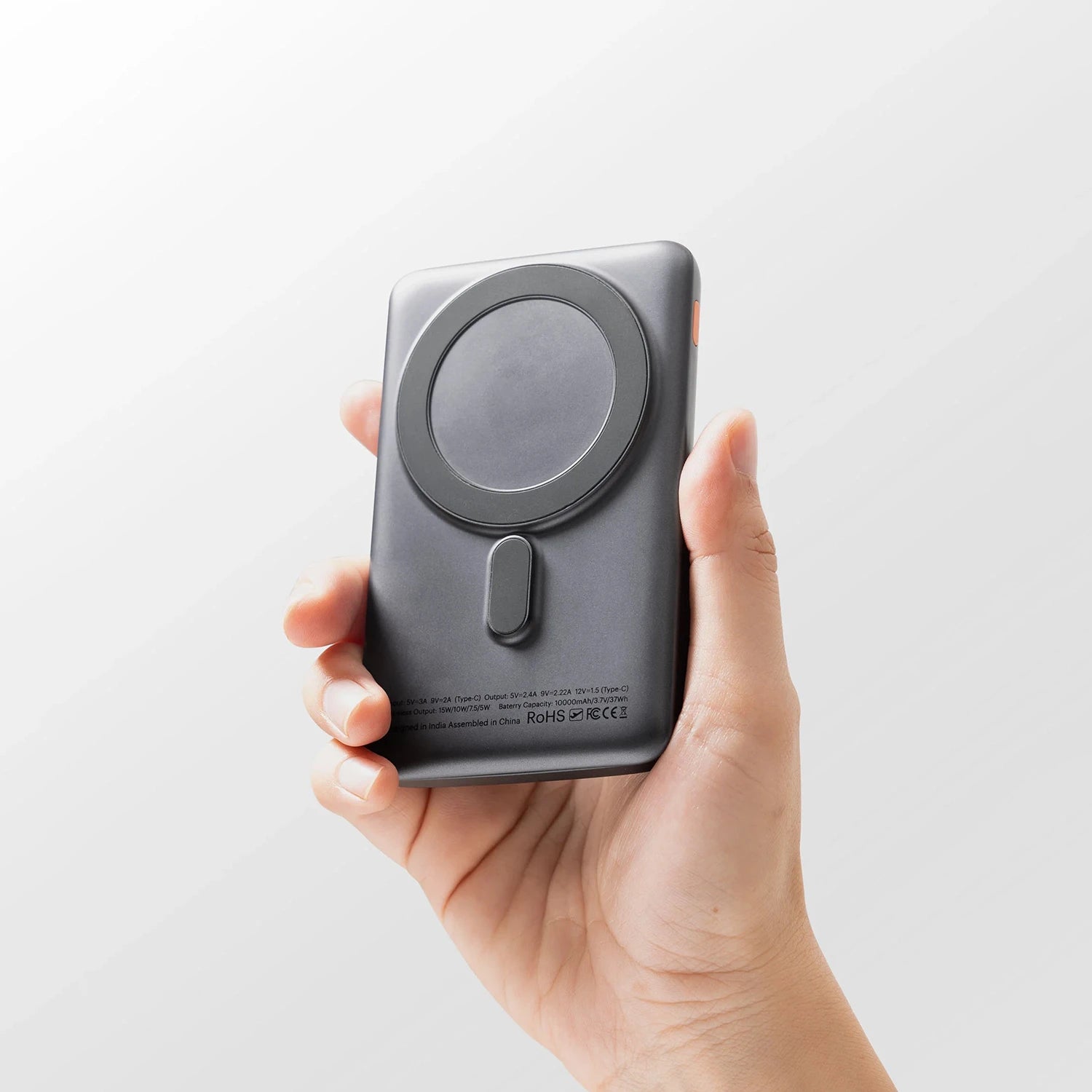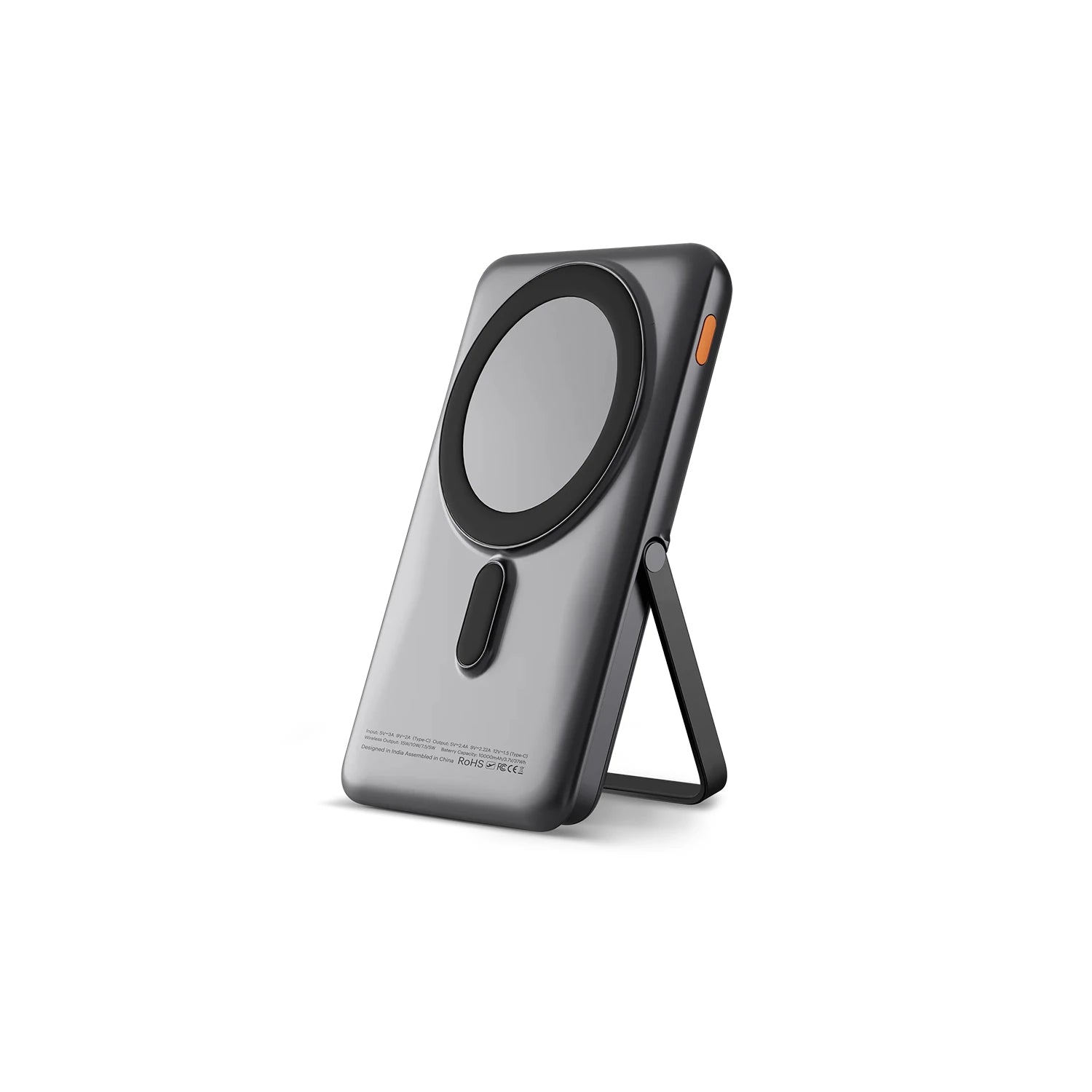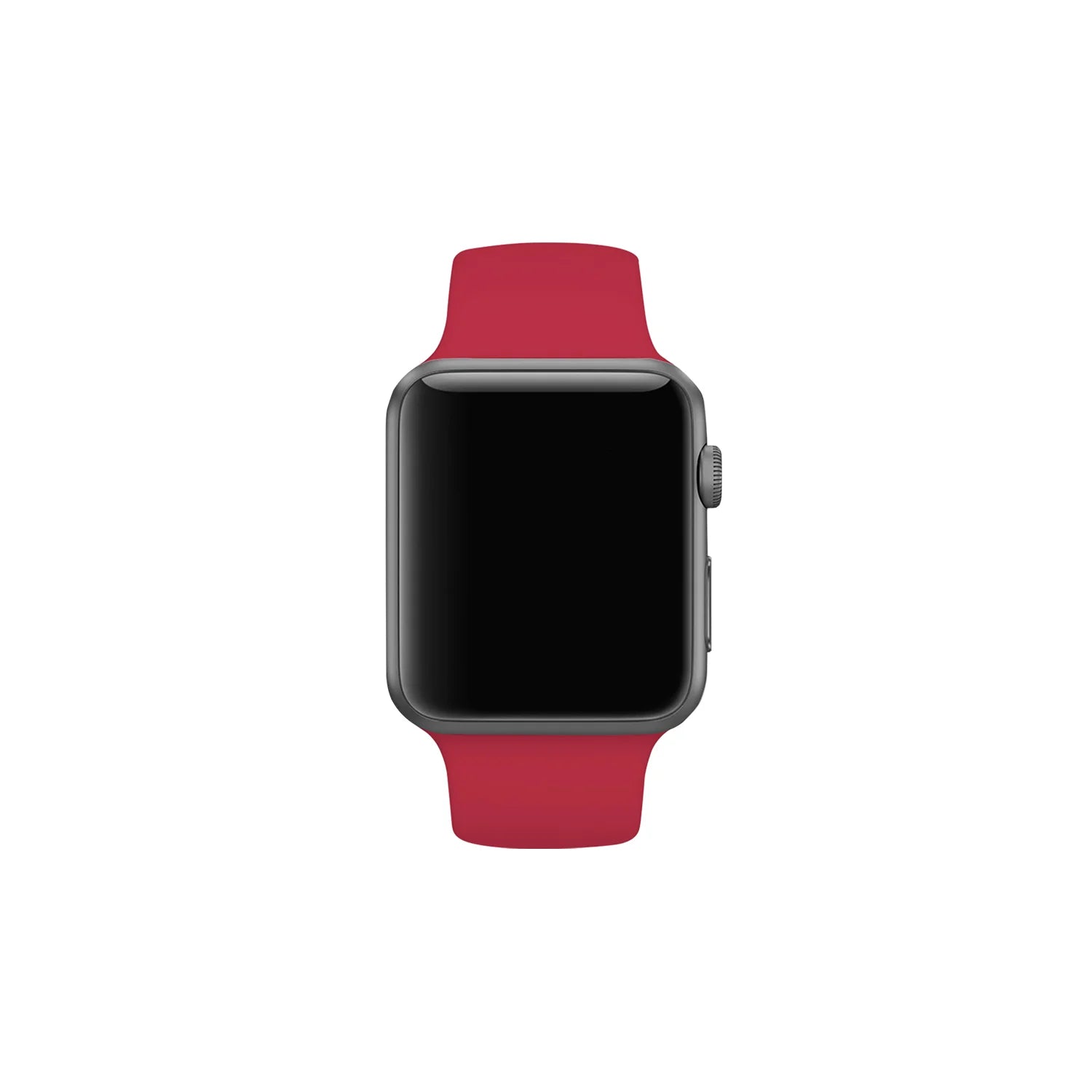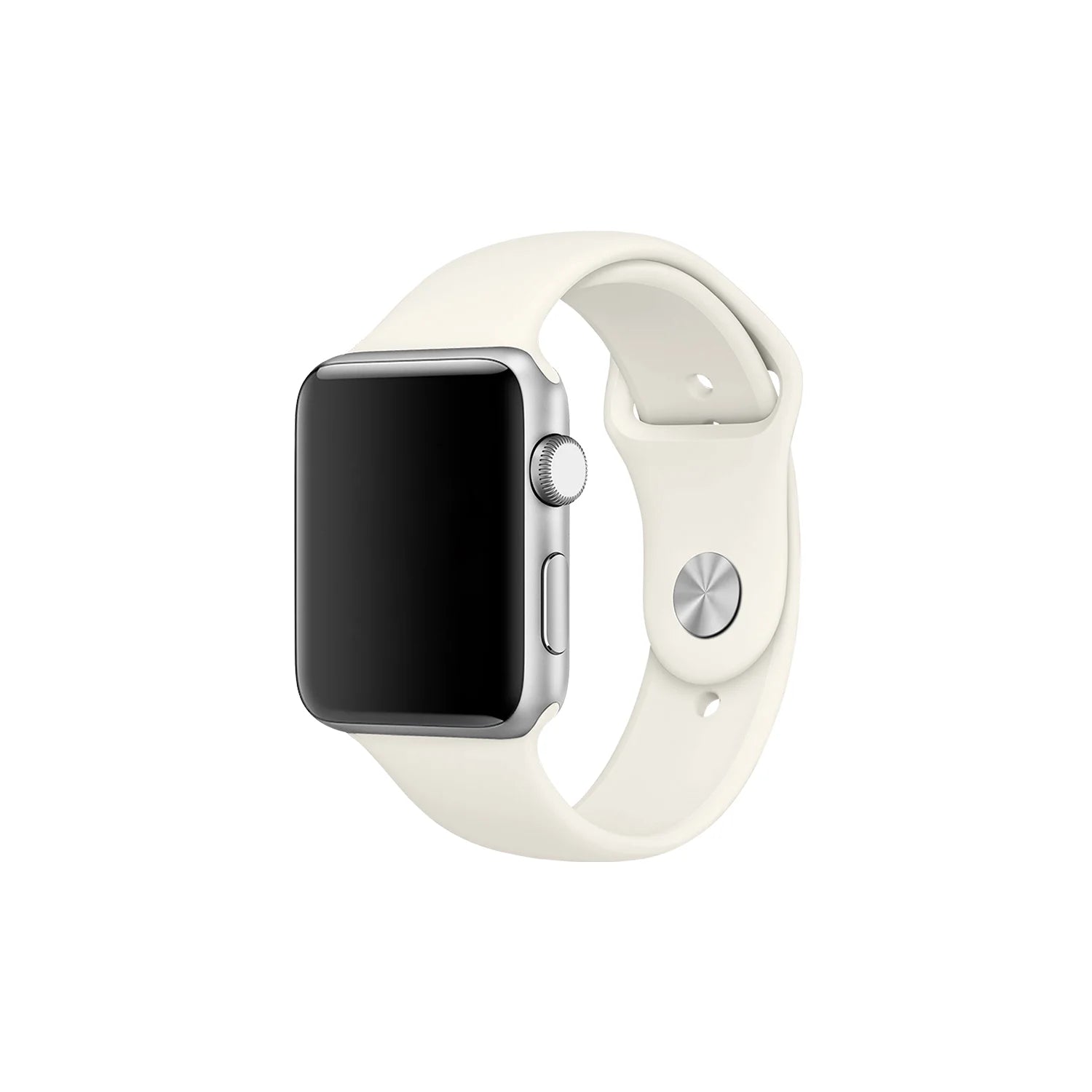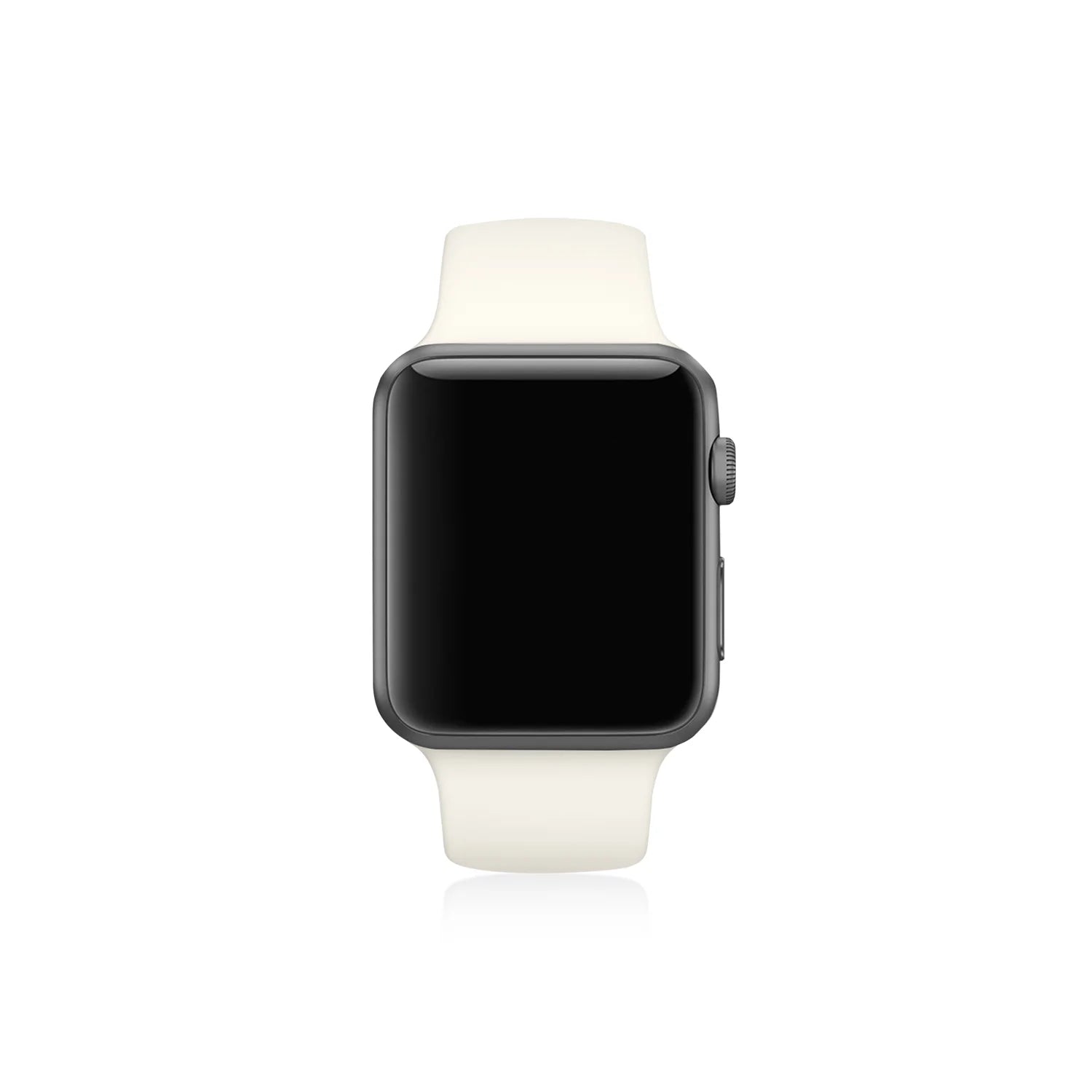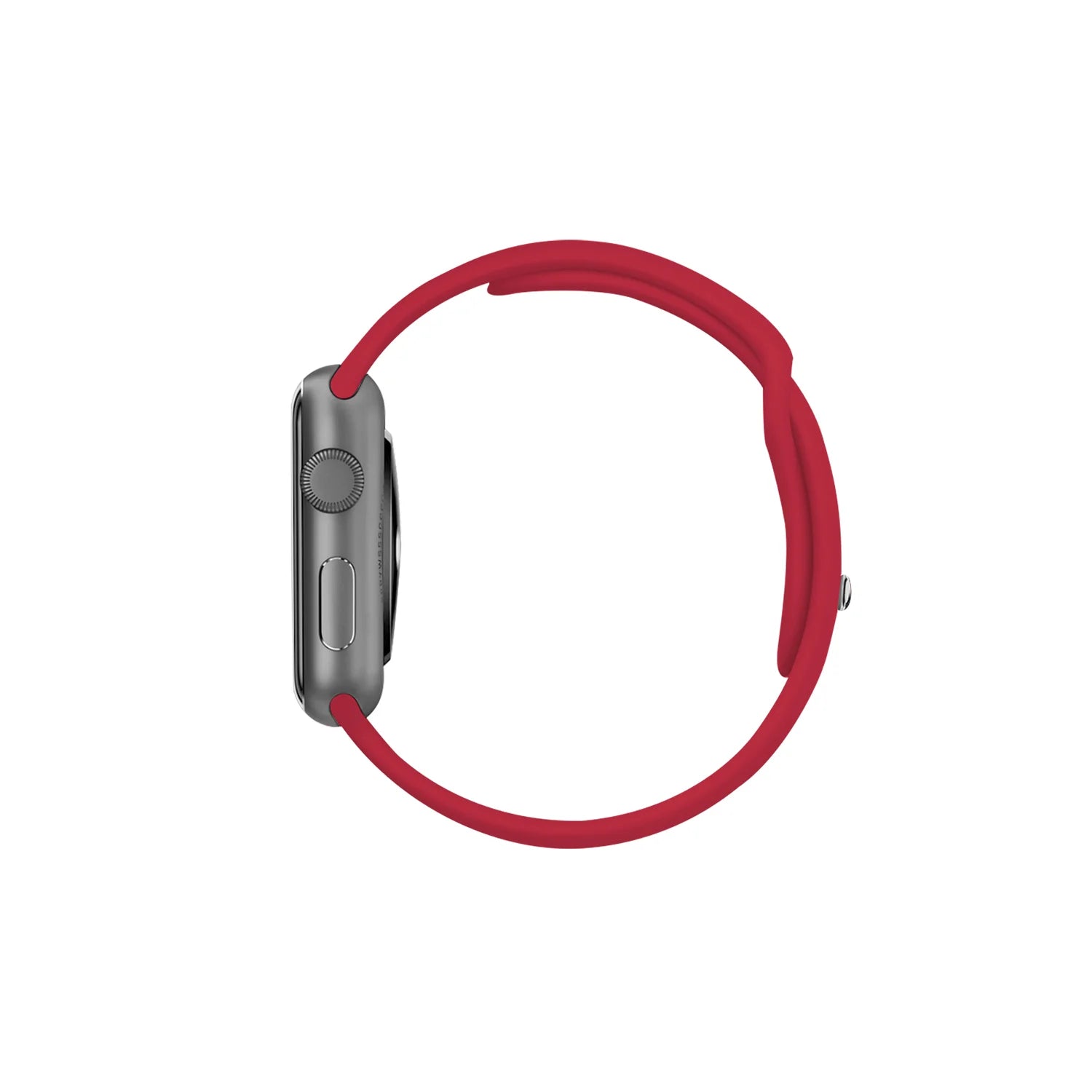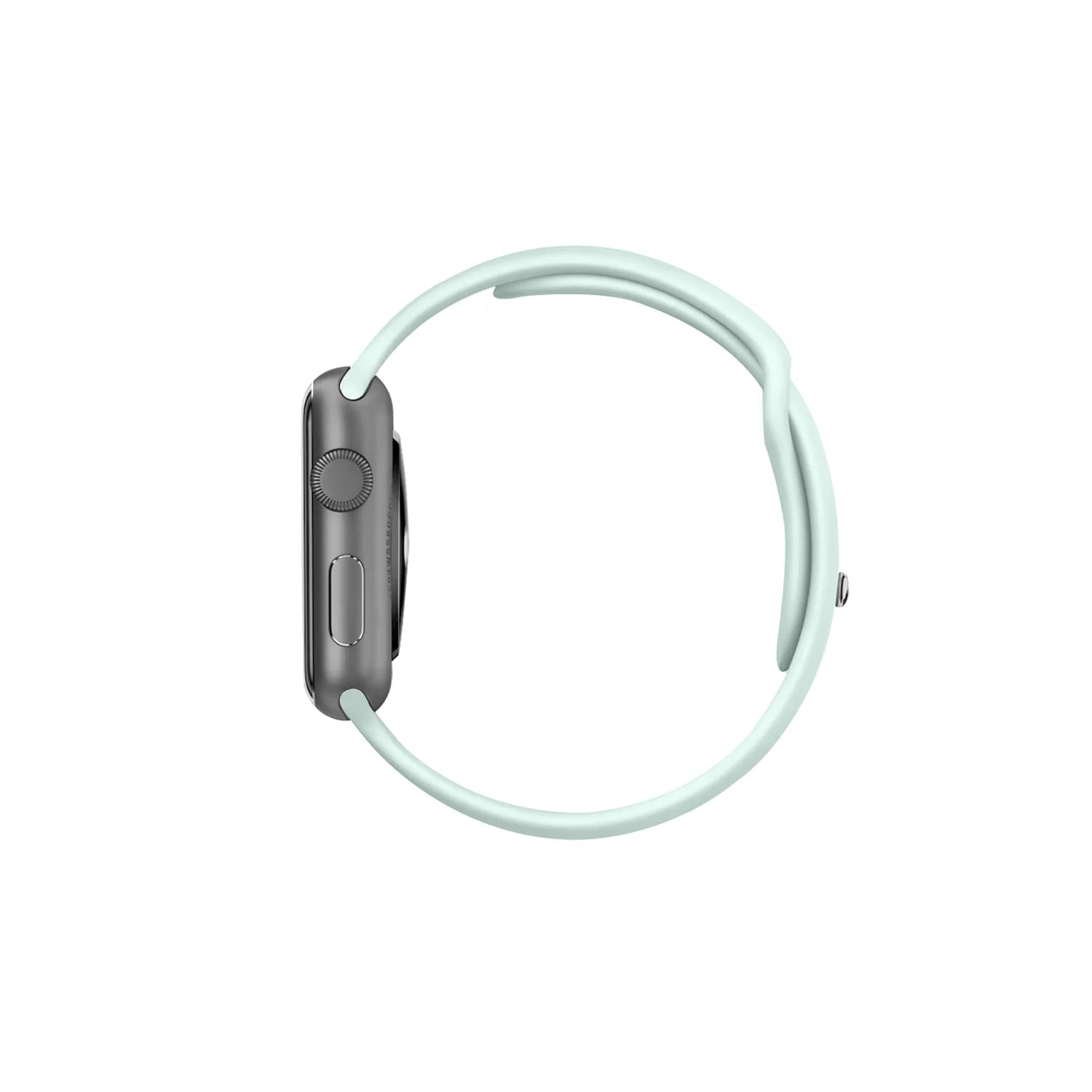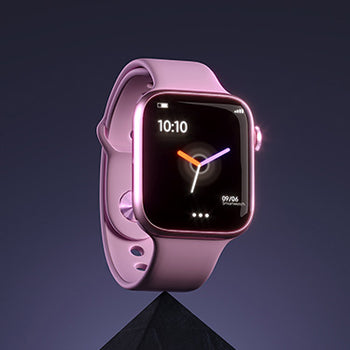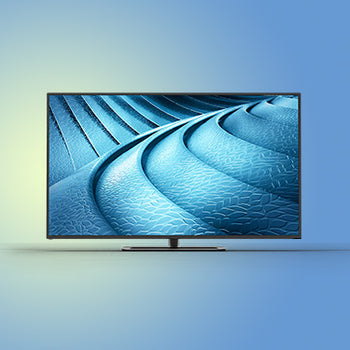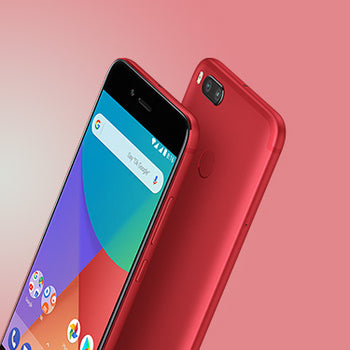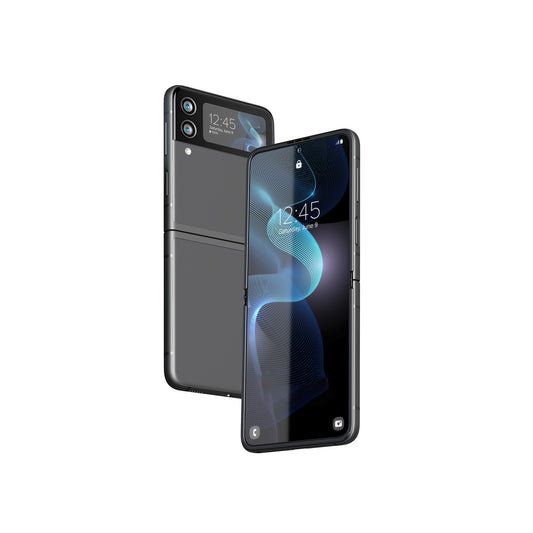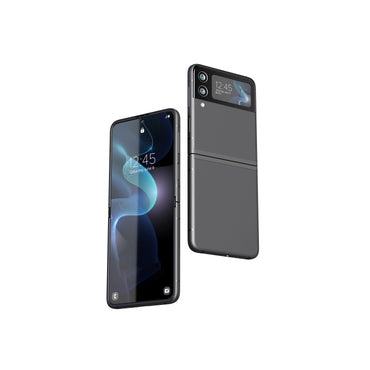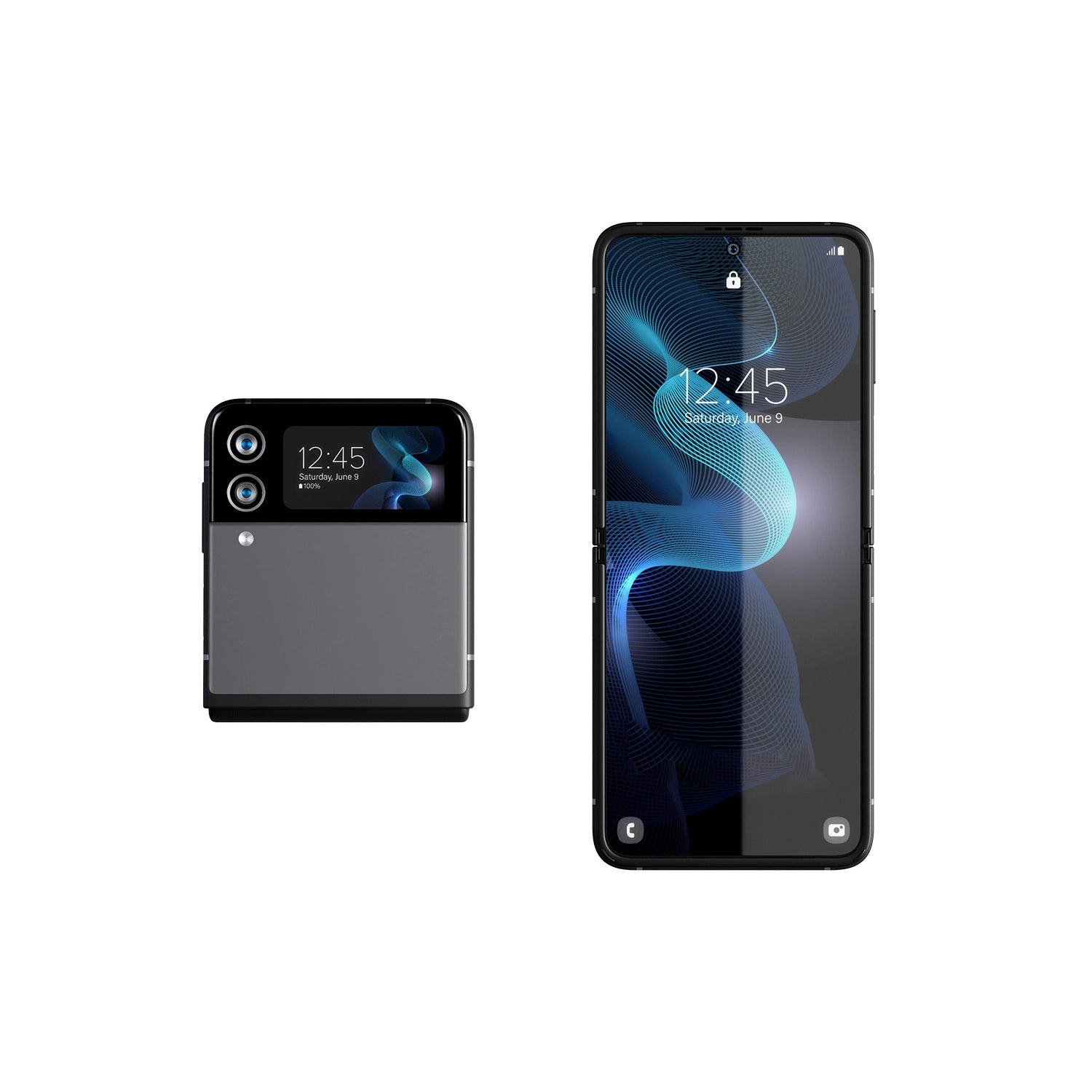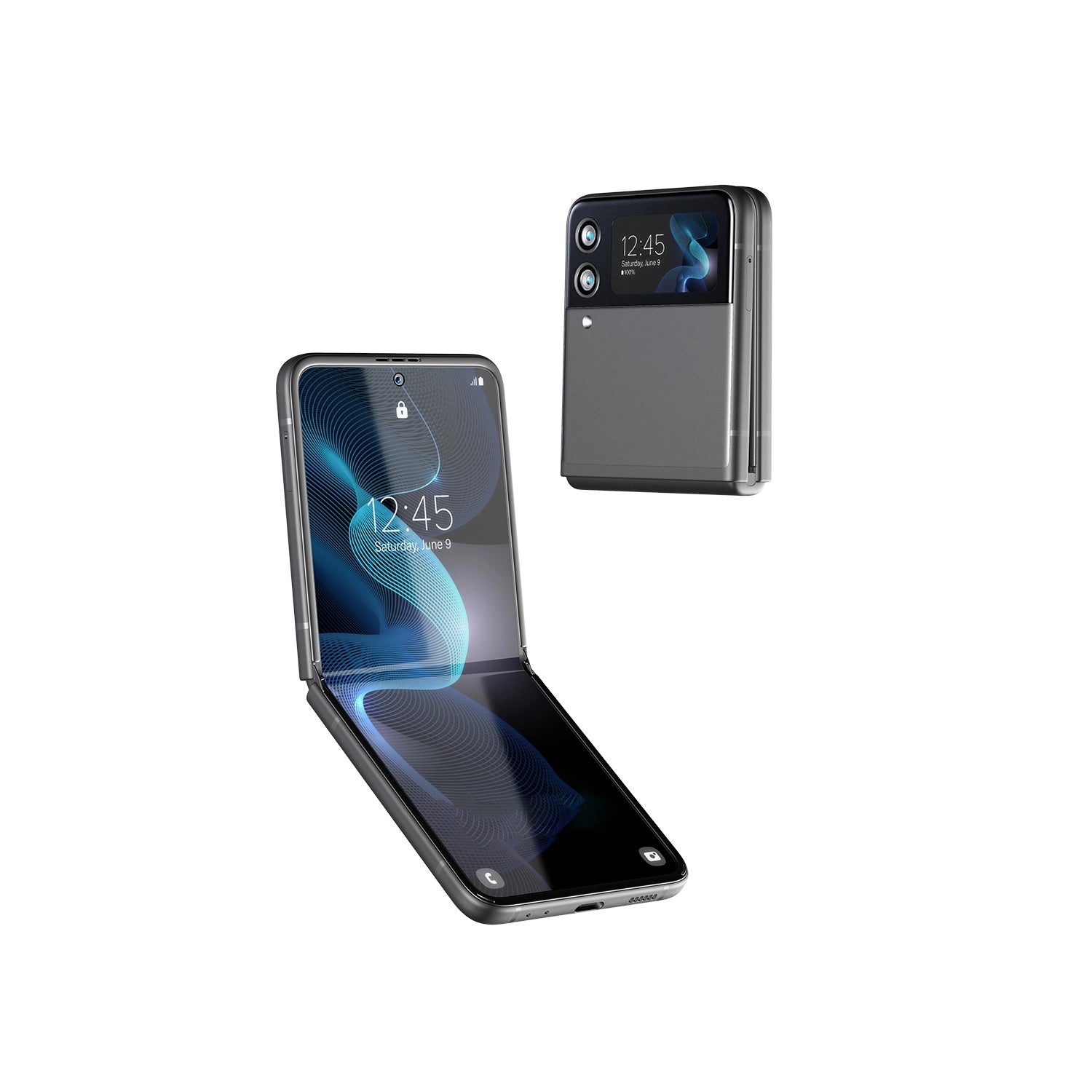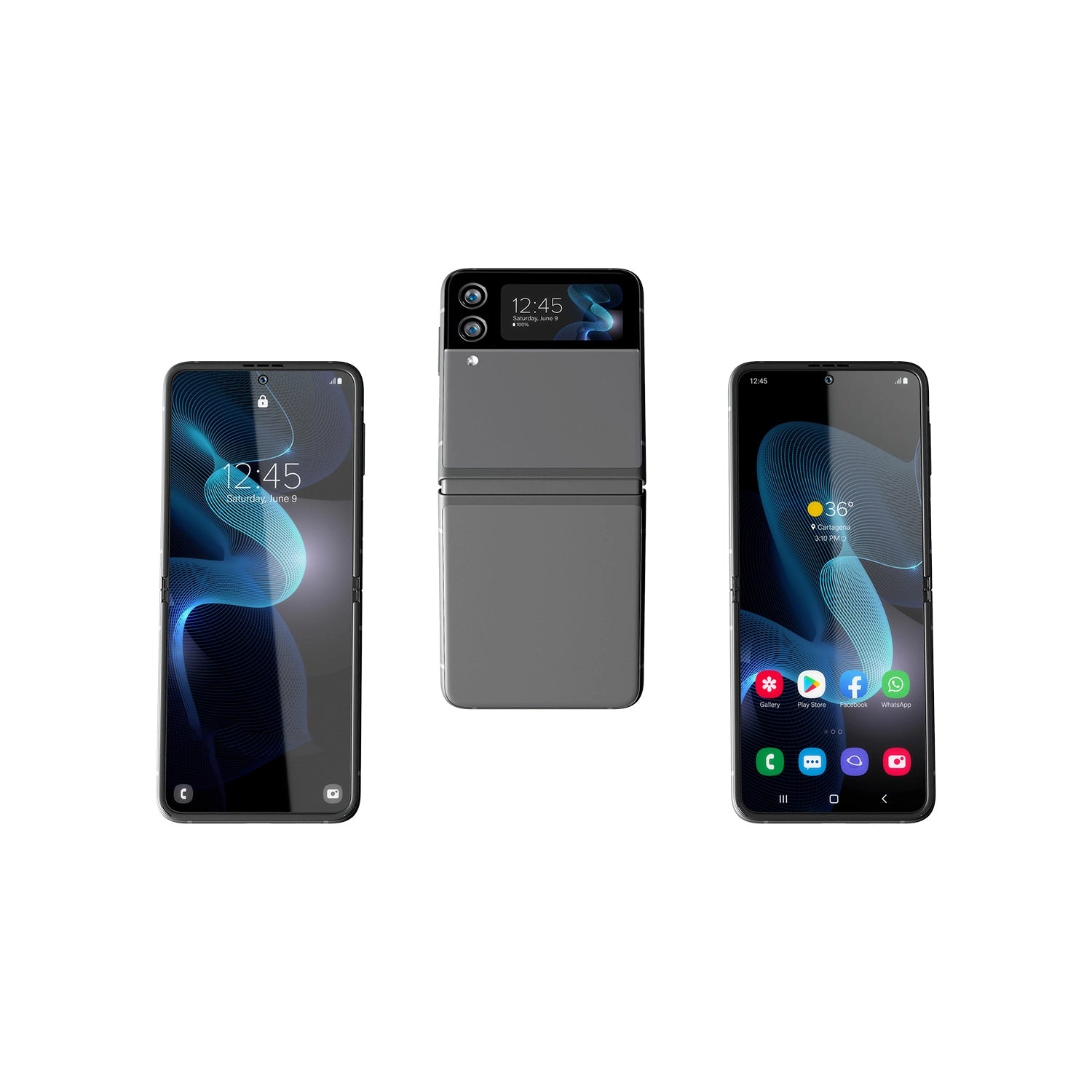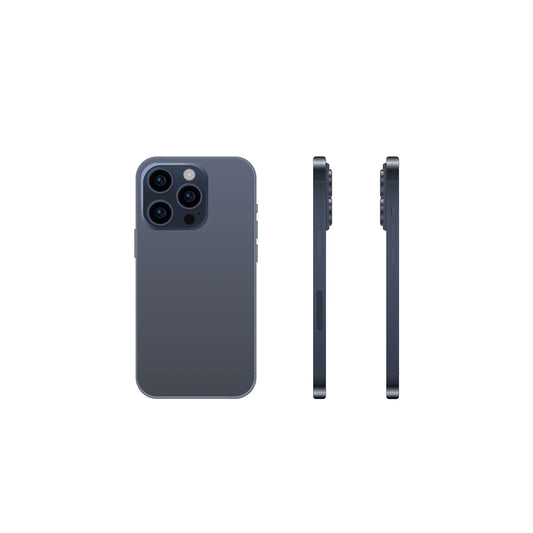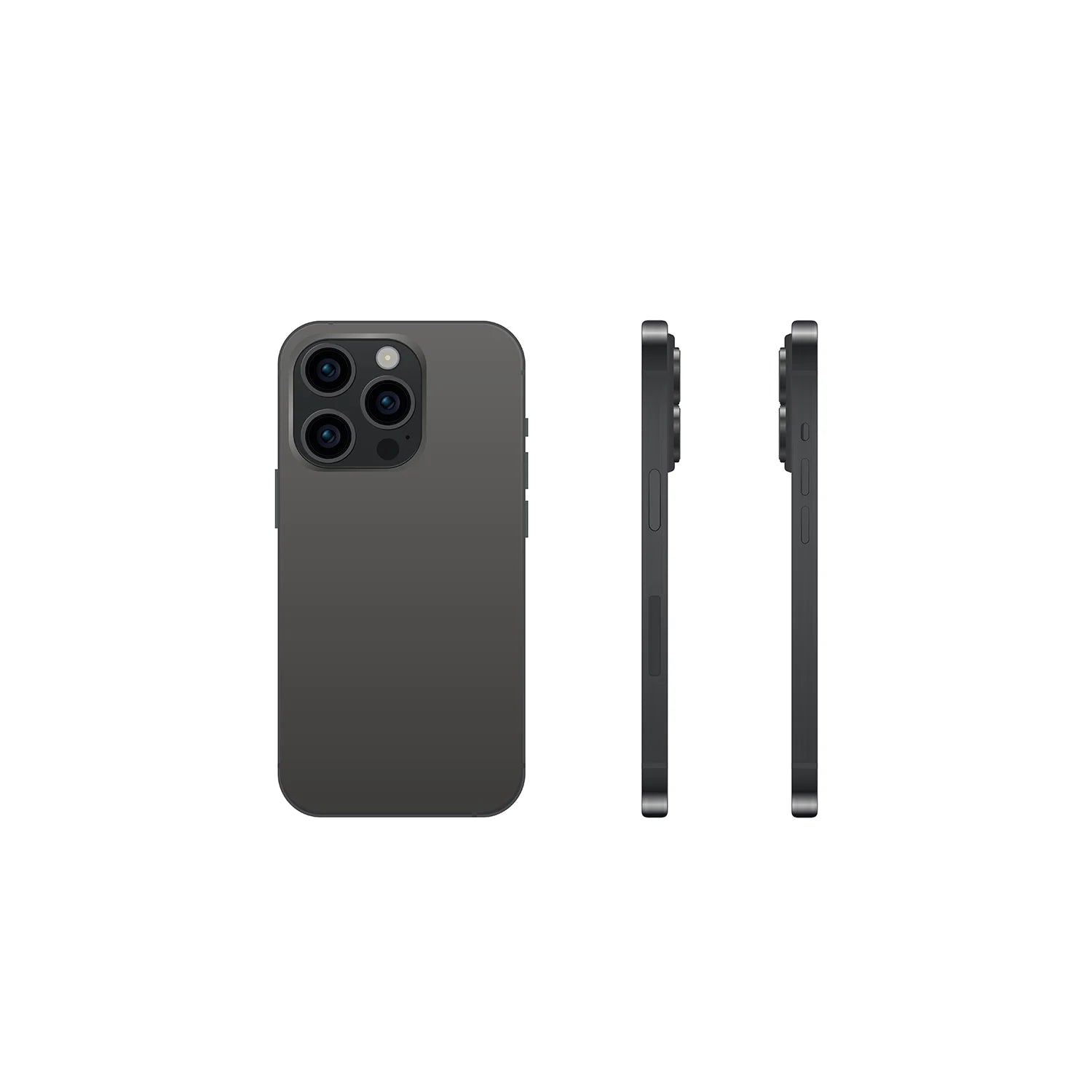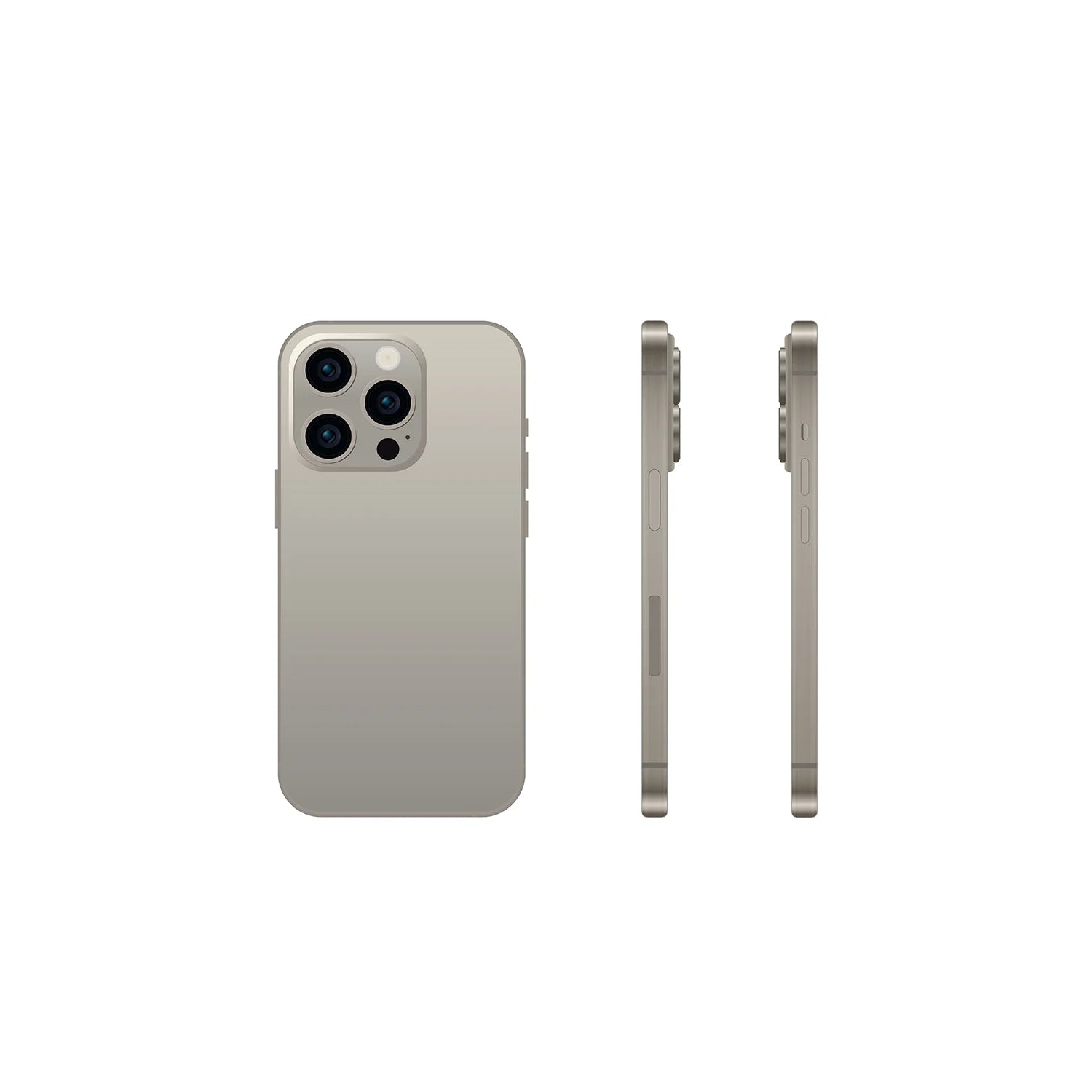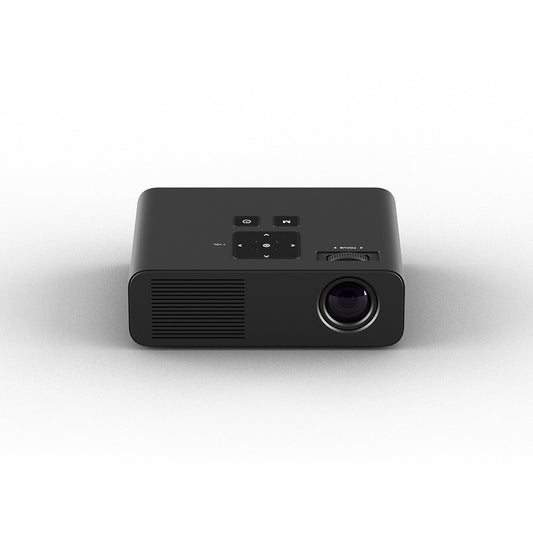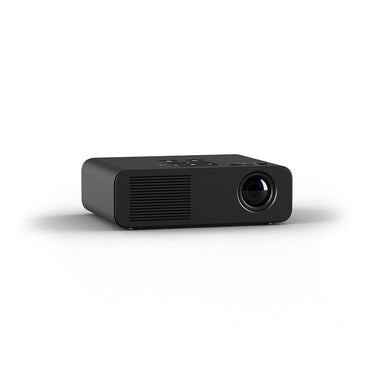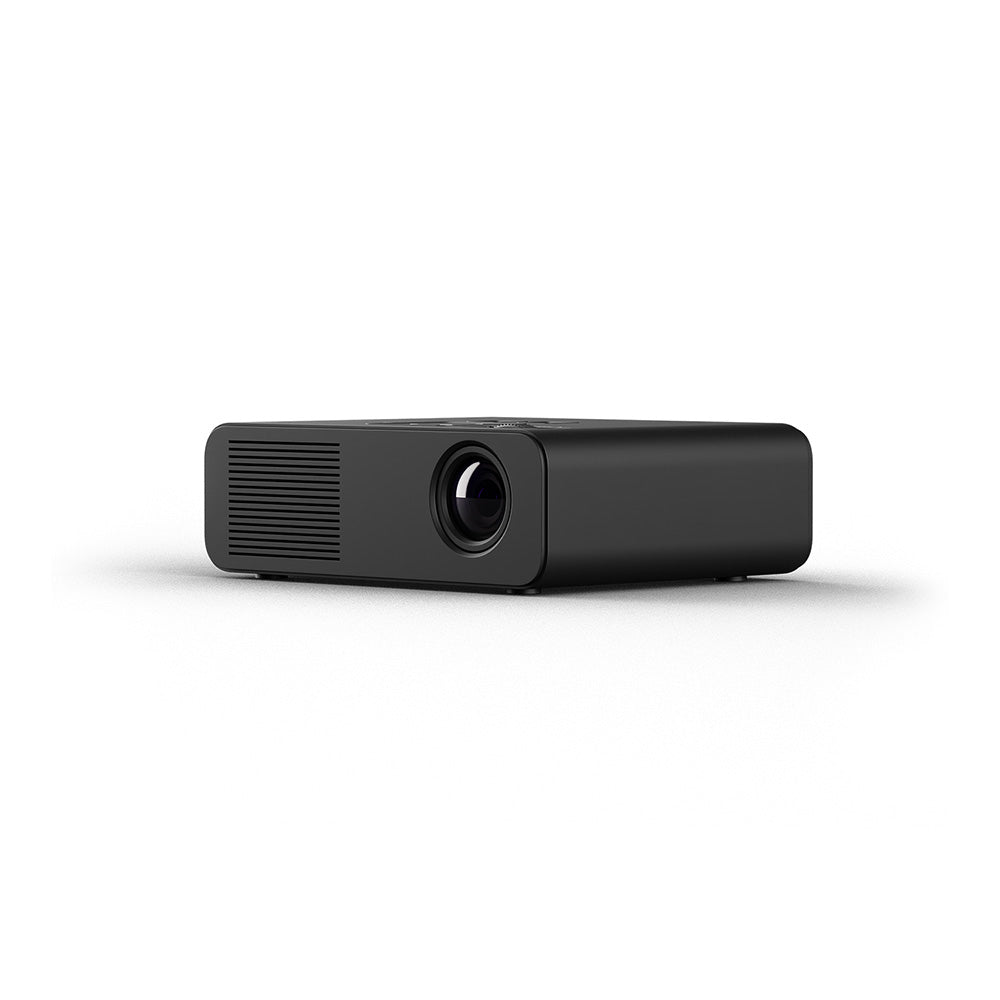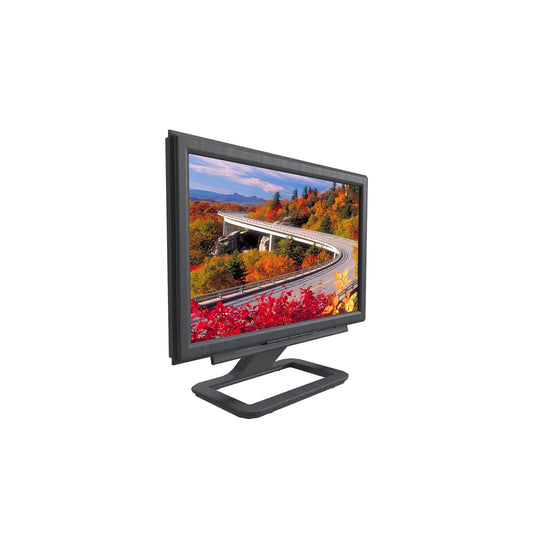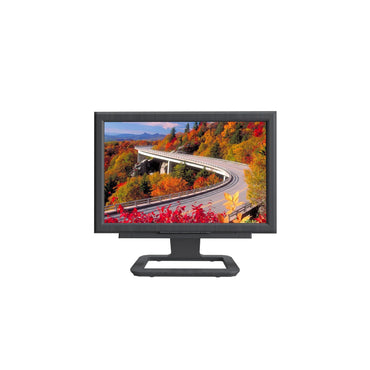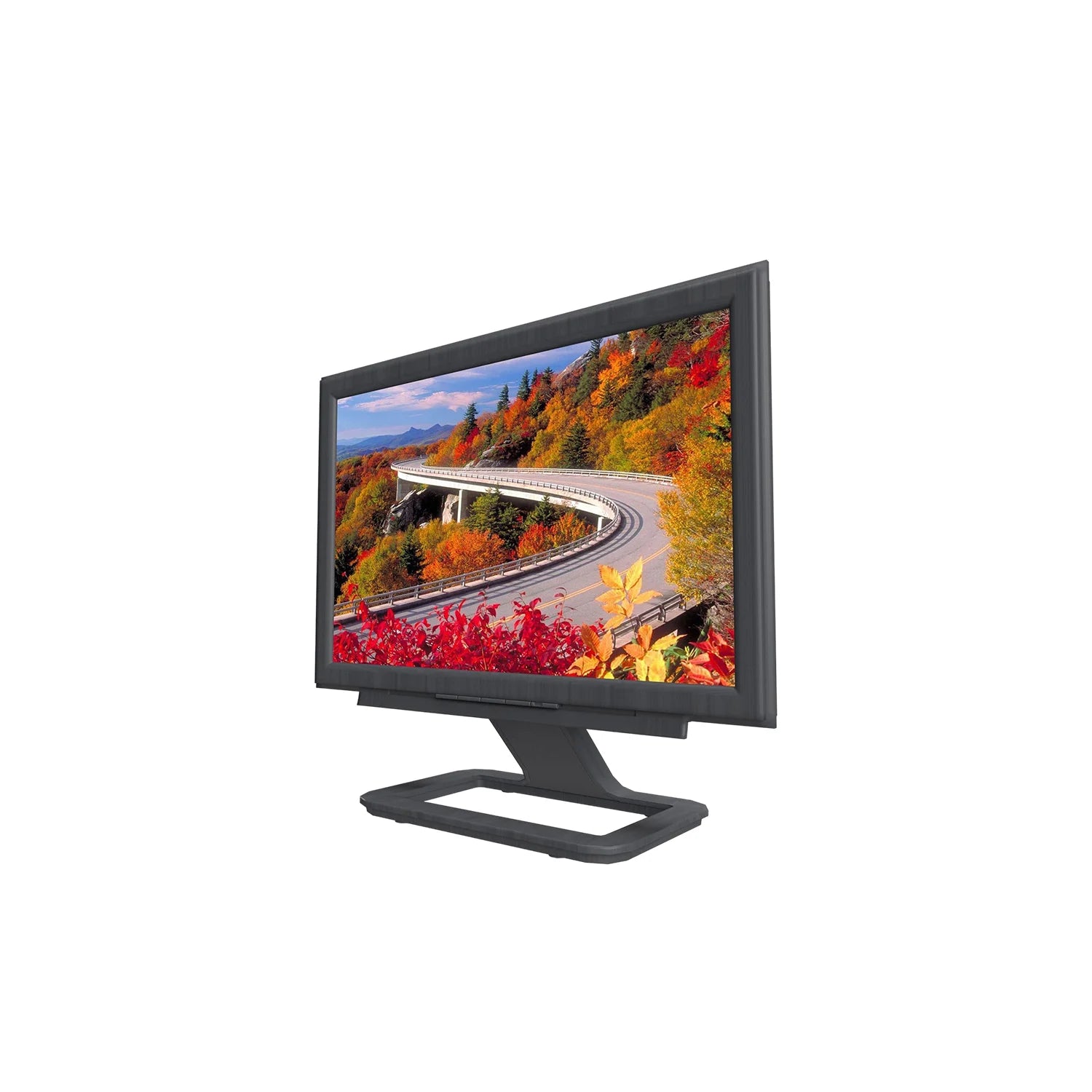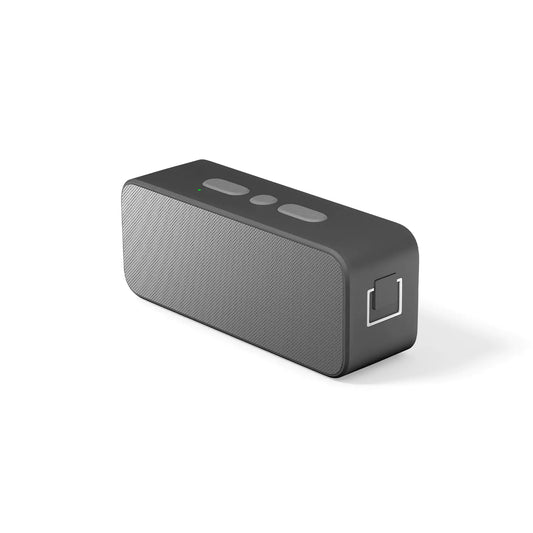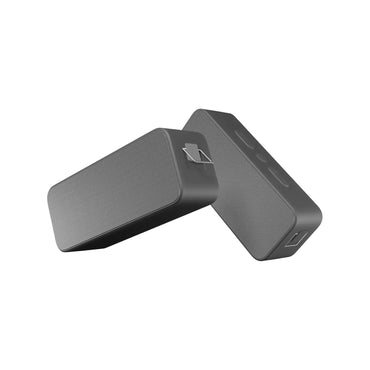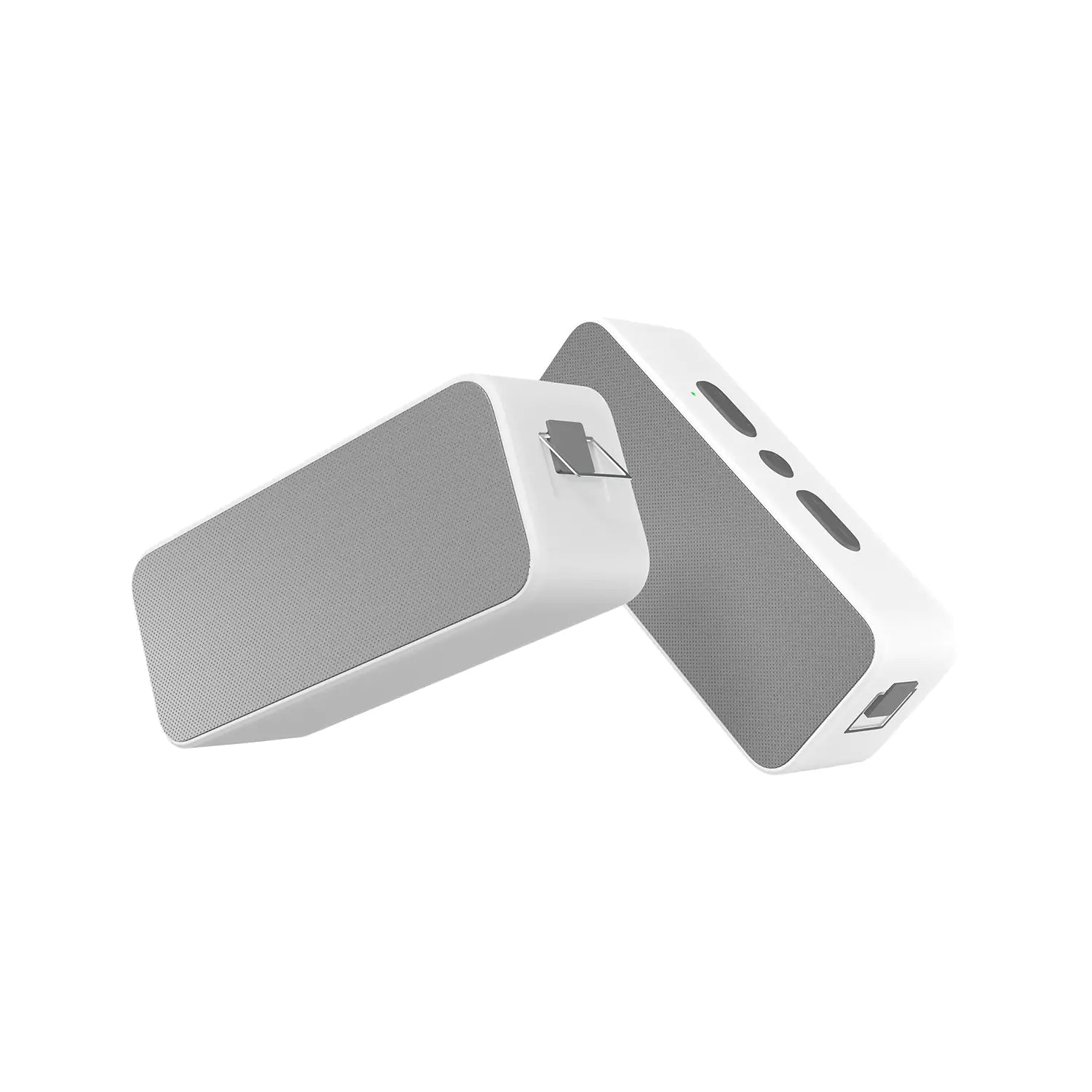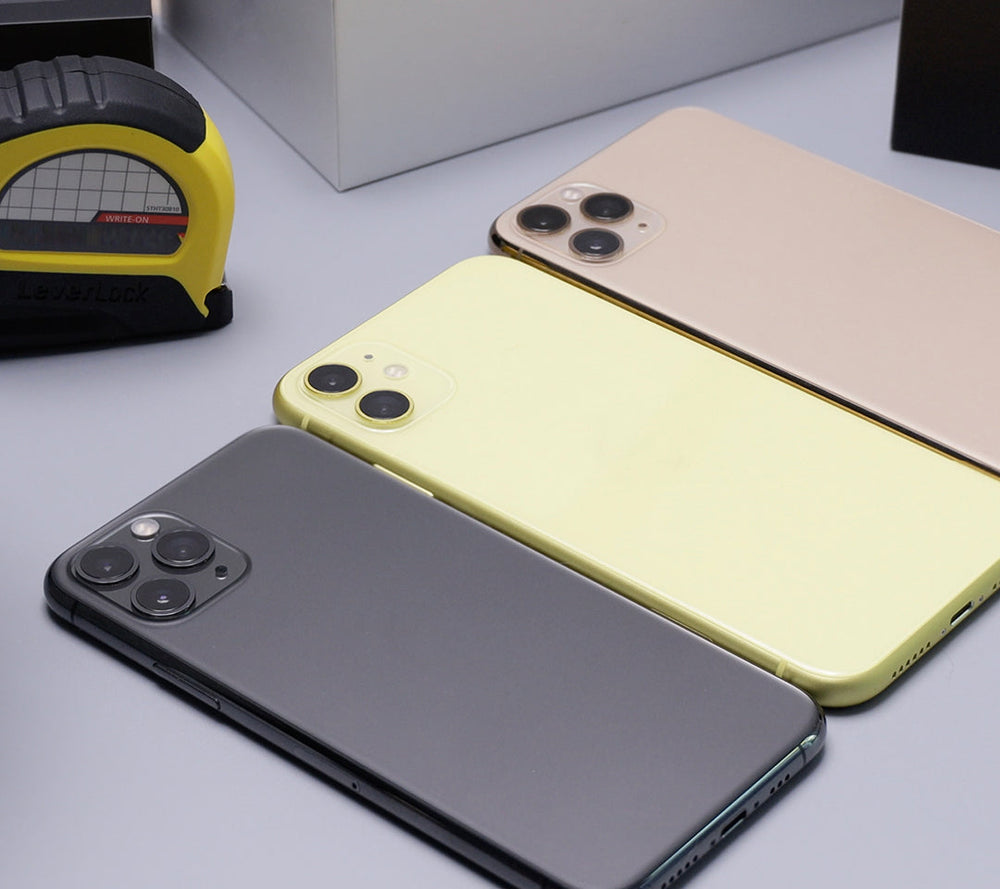Tablets have become an integral part of our lives, revolutionizing the way we work, communicate, and consume media. But have you ever wondered how these sleek devices actually work? In this blog post, we will delve into the science behind tablet technology and explore the fascinating features that make them so versatile and powerful.
What is a Tablet?
A tablet is a portable computing device that features a touchscreen display and offers a wide range of functionalities. It is larger than a smartphone but smaller than a laptop, making it a perfect companion for on-the-go productivity and entertainment.
Touchscreen Technology
The most distinctive feature of a tablet is its touchscreen display. The touchscreen technology used in tablets is typically based on either capacitive or resistive touchscreens. Capacitive touchscreens rely on the electrical properties of the human body to detect touch, while resistive touchscreens use pressure to register touch input.
Operating System
Tablets run on various operating systems, with the most popular ones being iOS, Android, and Windows. These operating systems provide a user-friendly interface and enable seamless integration with other devices and services. They also offer access to a vast array of applications, allowing users to customize their tablets according to their needs.
Processing Power
Tablets are equipped with powerful processors that enable smooth multitasking and efficient performance. The processing power of a tablet is measured in terms of its CPU (Central Processing Unit) and GPU (Graphics Processing Unit). These components work together to handle complex tasks, such as gaming, video editing, and running resource-intensive applications.
Connectivity Options
Tablets come with a variety of connectivity options, including Wi-Fi, Bluetooth, and cellular data. Wi-Fi allows users to connect to the internet wirelessly, while Bluetooth enables seamless communication with other devices, such as headphones and speakers. Cellular data connectivity allows users to access the internet on the go, similar to a smartphone.
Battery Life
One of the key considerations when choosing a tablet is its battery life. Tablets are designed to be portable, and a long-lasting battery ensures uninterrupted usage throughout the day. The battery life of a tablet depends on various factors, including screen brightness, processor efficiency, and the intensity of usage.
Display Technology
The display technology used in tablets has evolved significantly over the years. Most tablets now feature high-resolution displays with vibrant colors and sharp details. Some tablets even incorporate advanced technologies like OLED (Organic Light-Emitting Diode) and AMOLED (Active-Matrix Organic Light-Emitting Diode) for enhanced visual experiences.
Storage Capacity
Tablets offer ample storage capacity to store apps, media files, and documents. The storage capacity of a tablet is measured in gigabytes (GB) or terabytes (TB). Some tablets also provide expandable storage options, allowing users to insert a microSD card for additional space.
Conclusion
Tablets have come a long way since their inception, and their popularity continues to soar. The scientific analysis of tablet technology reveals the intricate engineering and design that goes into creating these remarkable devices. Whether you use a tablet for work, entertainment, or both, understanding the science behind it can deepen your appreciation for this modern marvel.

